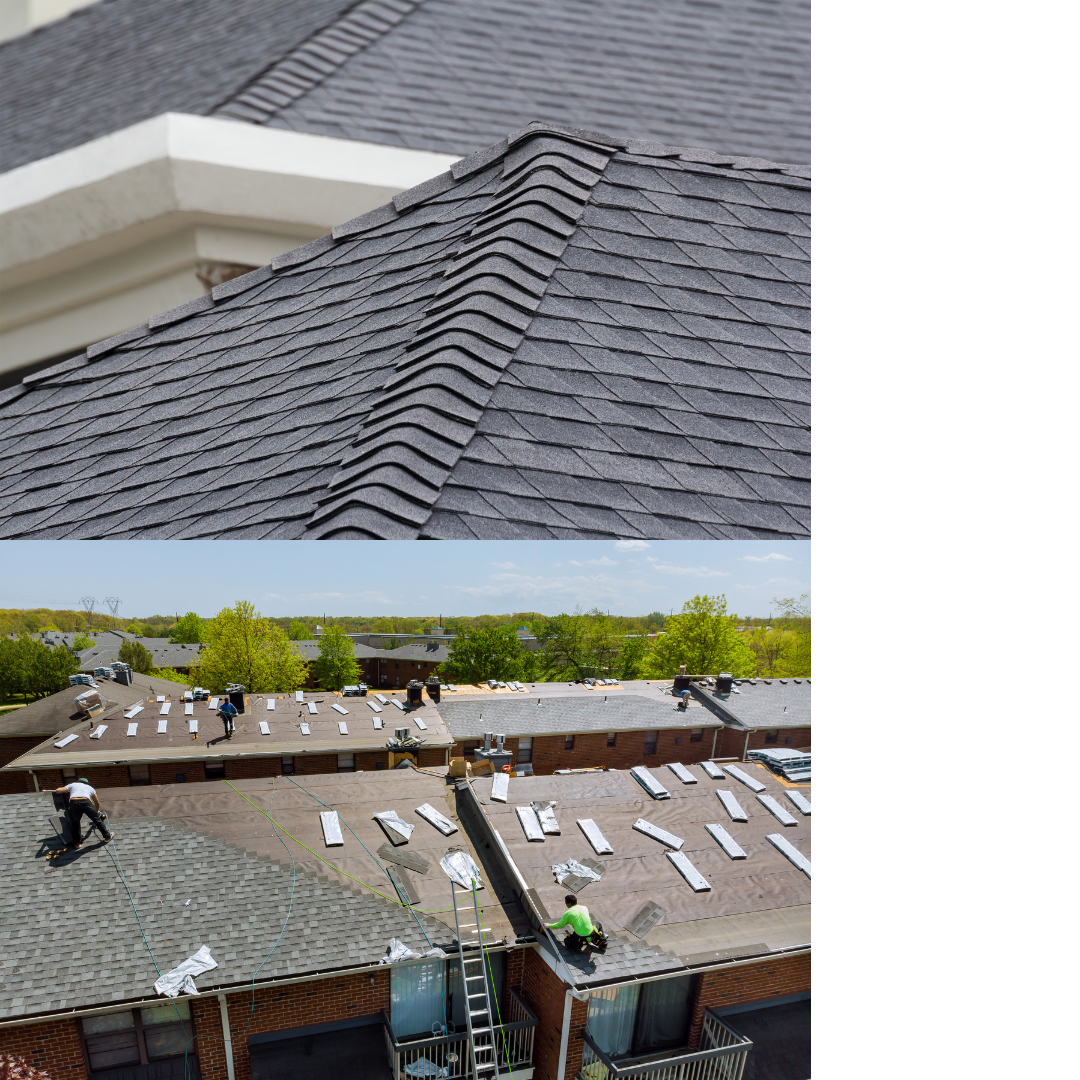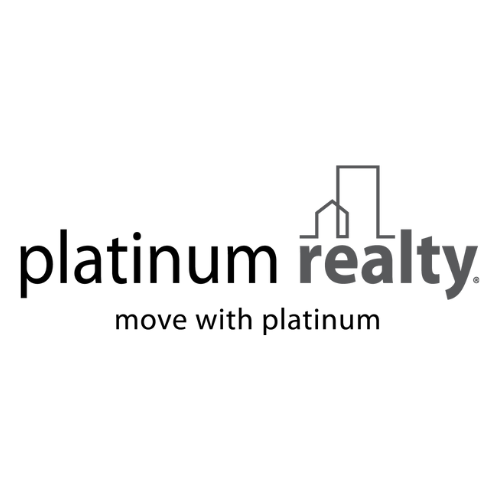When purchasing a home in Kansas City, it’s essential to conduct a thorough inspection to ensure that the property is in good condition and free from any major issues. While we saw a frenzy during the pandemic years with buyers waiving inspections to be more competitive on their offers, today we expect most buyers will want to do a home inspection. During the inspection process, homebuyers and their inspectors look for any red flags that could indicate potential problems or hazards that yield costly repairs. In this blog post, we’ll explore eight of the most common red flags that homebuyers look for during the inspection process in the area and what homeowners downsizing in Kansas City, Lawrence and Topeka should know before selling their home.
1. Roof Issues
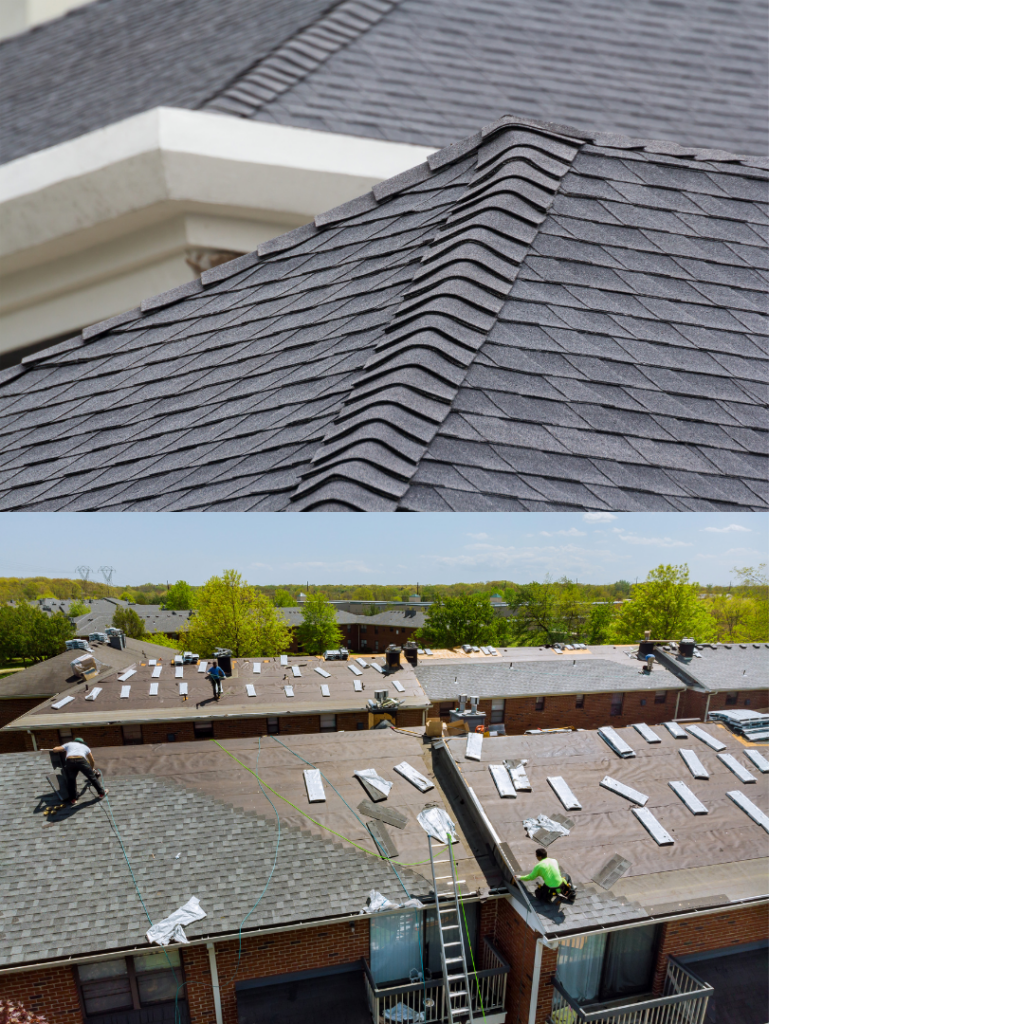
The roof is one of the most critical components of a home, and any issues with it buyers and/or their insurance companies want to be remedied swiftly. During the inspection process, the inspection team looks for signs of wear and tear, missing shingles, or leaks. They may walk, view from ladders, or utilize drones to get a more up close look at your roof. These issues can indicate that the roof is nearing the end of its lifespan, was improperly installed or even storm damage. While a few missing shingles, or loose flashing may not seem like much, water intrusion resulting from them can lead to very costly issues beyond the roof of the house, especially unnoticed over time. Due to an increased amount of storms in the Midwest, we are seeing home buyers insurer doing thorough due diligence on the condition of the roof as many many damage claims were paid out following storms. Last but not least, an appraiser or insurer may also require tree limbs or branches overhanging the roof to be trimmed back. The best way to minimize repair costs is to maintain your roof over time and have any concerning branches trimmed while the tree is smaller.
2. Electrical Concerns
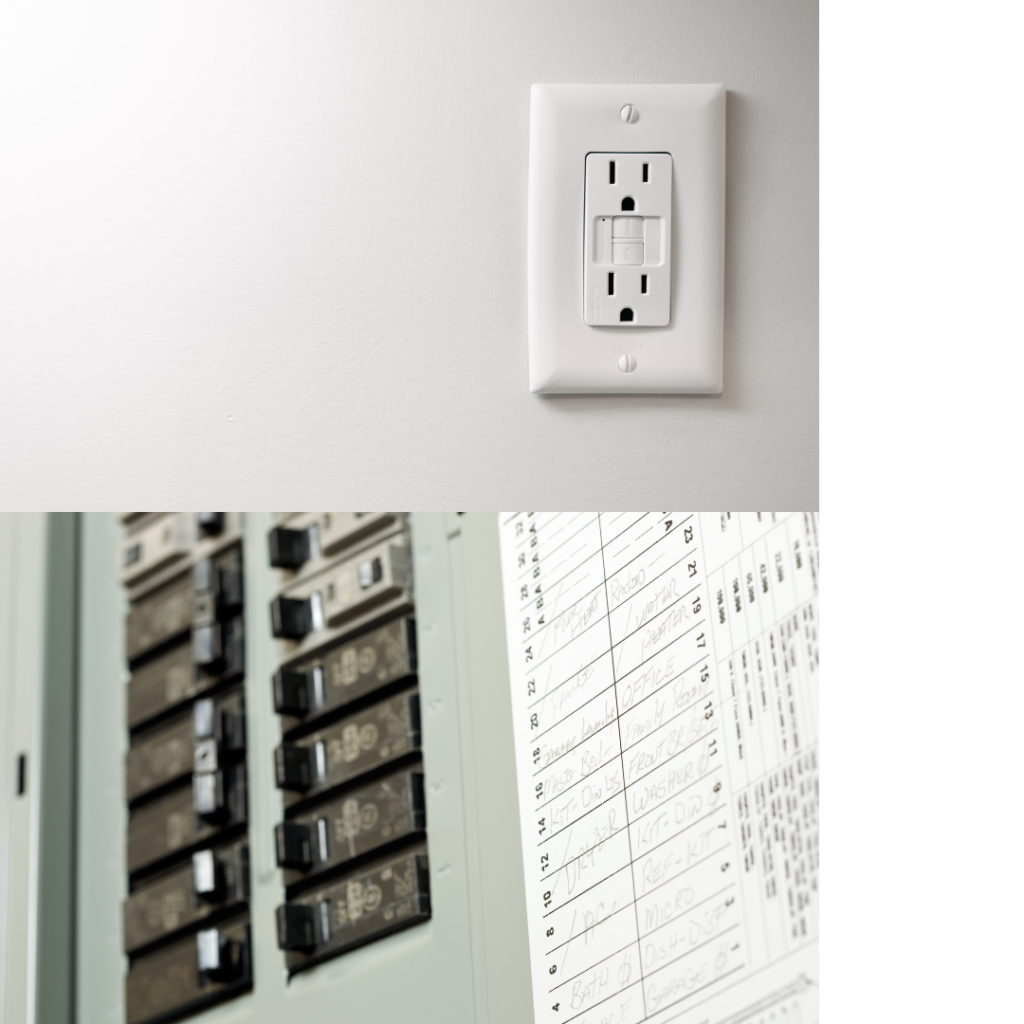
Electrical issues can be hazardous and potentially pricey to fix, so homebuyers pay close attention to the electrical system during the inspection process. They look for outdated wiring, overloaded circuits, and improperly installed electrical panels. They may also call for outlets in specified locations in the home to be updated to GFCI that may not have been required for code when the home was built. A home with a faulty electrical system can be a safety hazard and may require substantial repairs to bring it up to current code.
3. Plumbing Issues
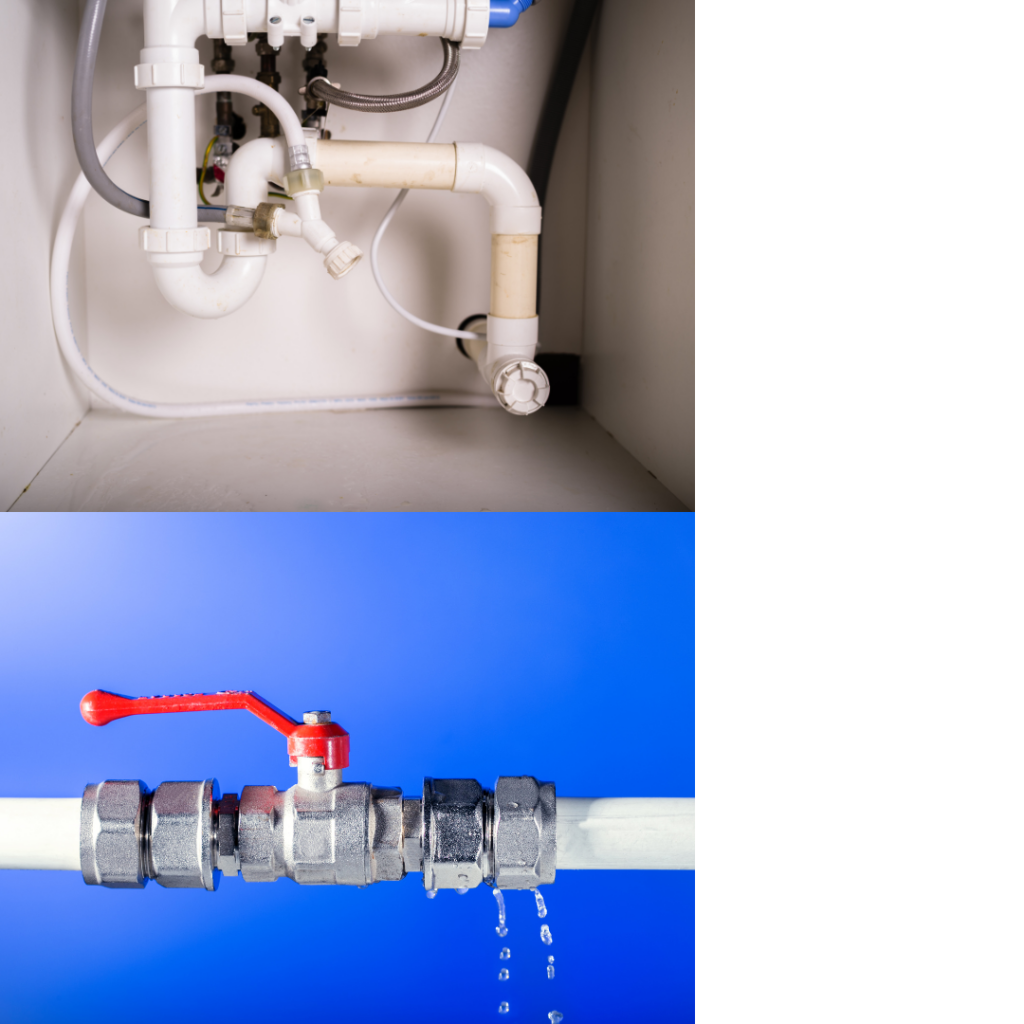
Plumbing problems can cause damage to the home and be expensive to repair. During the inspection process homebuyers look for leaks, outdated plumbing, and clogged or damaged pipes especially knowing that the homeowner is responsible for the system until it reaches the city main. They also check the water pressure and the functionality of the fixtures and appliances. If the home is on a septic system the county health department may require a sanitation check to ensure the system is functioning property and there are no leaks/cracks in the tank. Issues with the plumbing system may indicate significant problems that need to be addressed.
4. Structural Issues
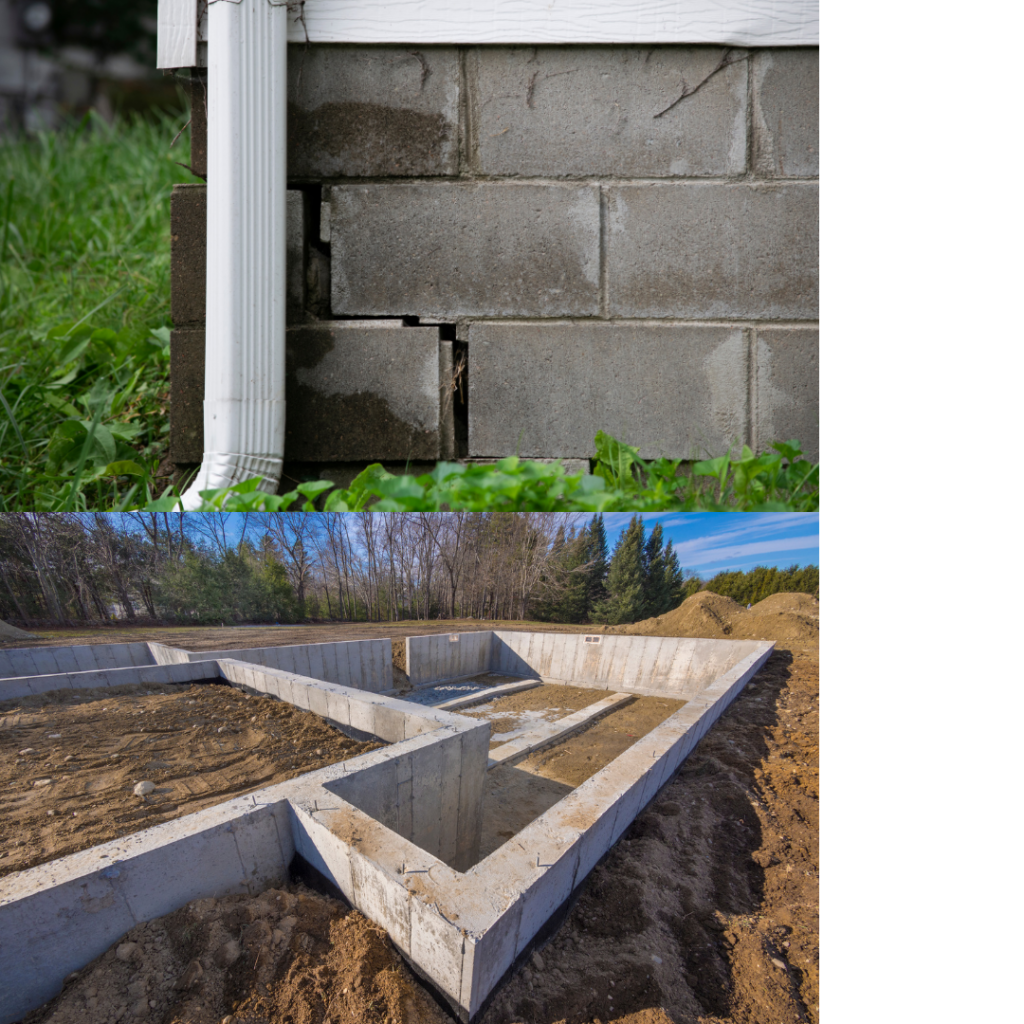
The structural integrity of a home is essential for its safety and longevity. Homebuyers and their inspectors look for signs of foundation issues, cracks in the walls or ceilings, and uneven floors. Foundation issues tend to be a large concern for buyers as the foundation lays the groundwork on which everything else in the home is built. These issues can indicate that the home has settled or shifted over time, which could cause additional problems in the future or warrant significant structural repairs such as piering. Foundation repairs can be one of the most costly repairs identified in a home inspection. The home inspector may recommend for a foundation specialist or structural engineer to evaluation the concerns further. Depending the age of your home you may see block, concrete, or even stone foundations in our area. Don’t assume just because a home has a stone foundation it is not in good shape. There are some very large majestic homes built in the Kansas City area with foundations construction years ago by highly skilled mason artisans who hand selected each stone piece by piece.
5. Pest Infestations
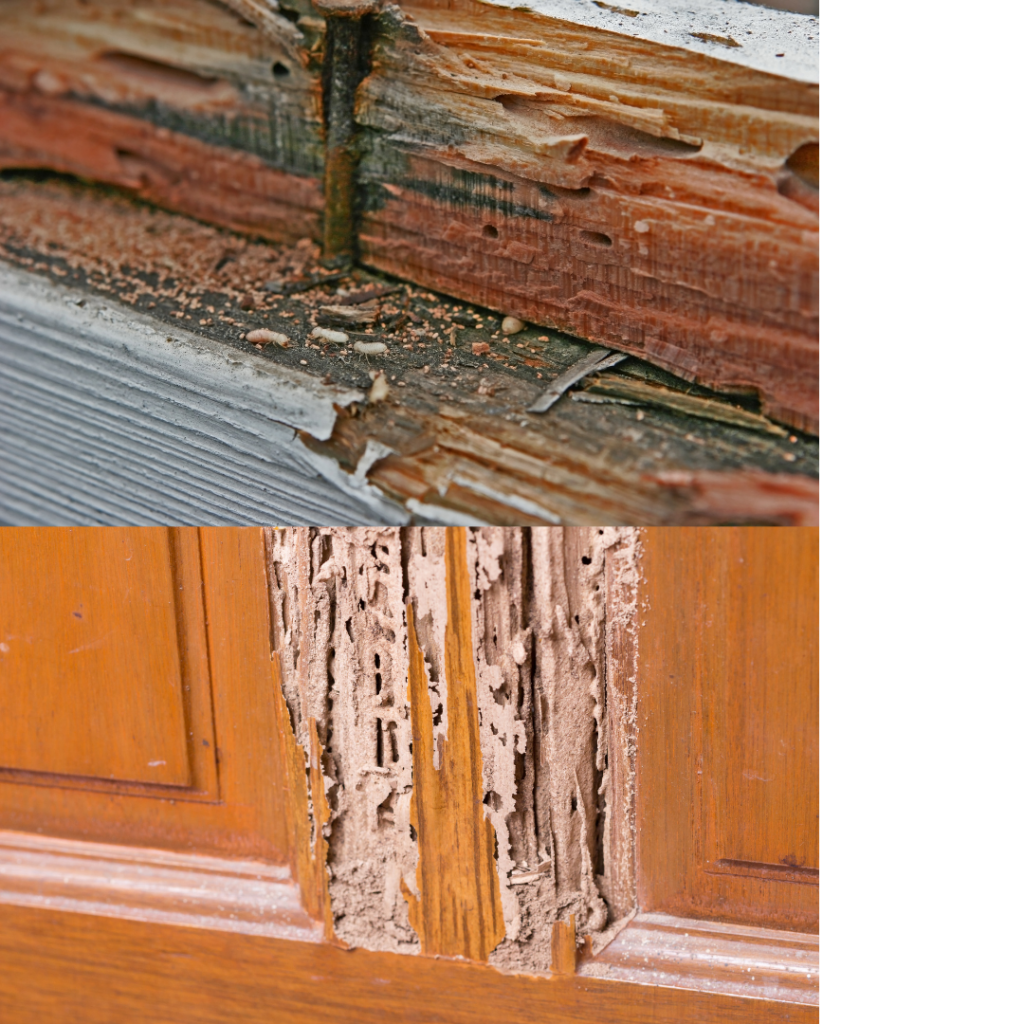
Pests such as termites, rodents, and ants can cause significant damage to a home and be difficult to eradicate. They also give buyers an “ick” feeling and concerns about how extensive the damage is. During the inspection process, homebuyers & inspectors look for signs of pest infestations, such as droppings, nests, or chewed wood. Believe it or not, some insects can pulverize and powderize wall studs and more causing concern to the structural integrity of walls and ceilings. Pest damage can be costly to repair, and the presence of pests can be a health hazard. Additionally some buyer loan types or appraisals may require pest inspections and remediation, if warranted as a condition of the loan.
6. Mold and Water Damage
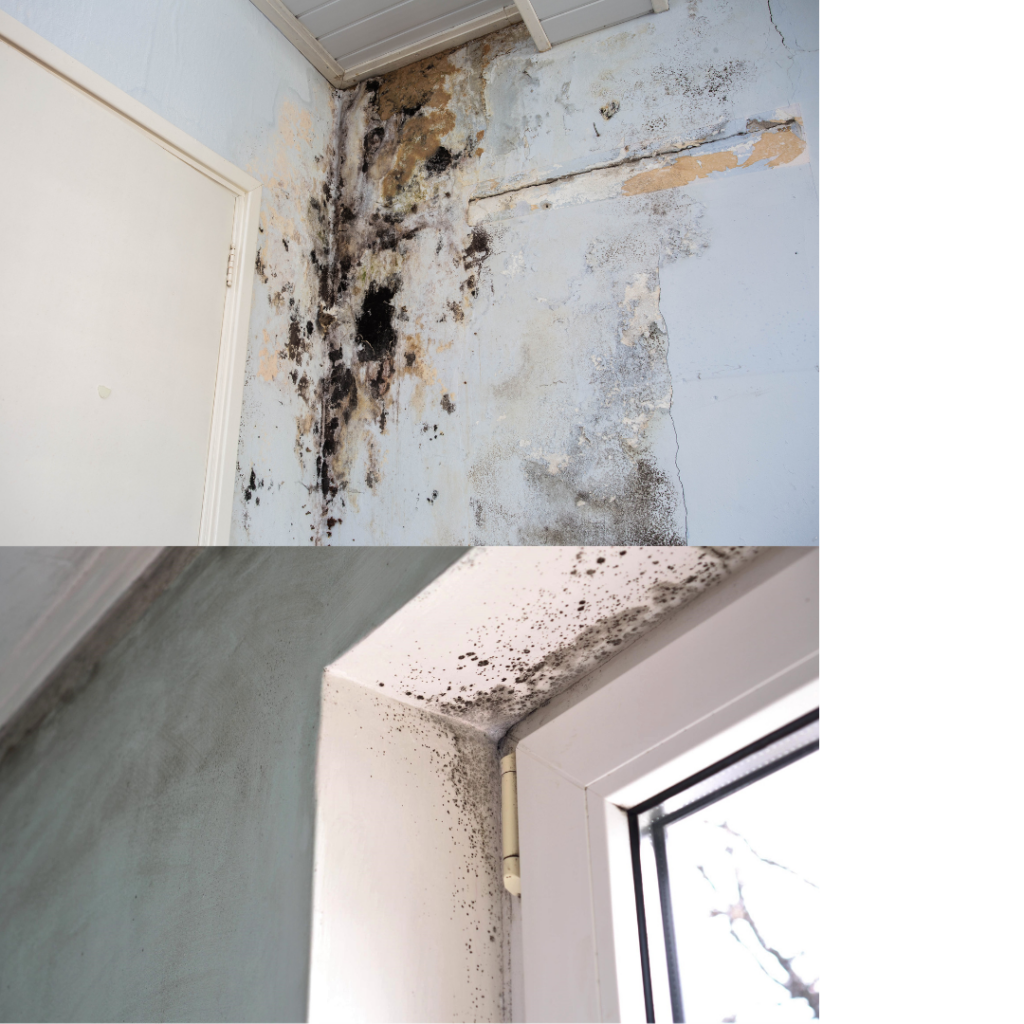
Mold and water damage can be hazardous to the health of the home’s occupants and cause significant damage to the home’s structure. Homebuyers and their inspectors look for signs of water damage, such as stains on the ceiling or walls, musty odors, or warped floors. They also check for mold growth, which can be a sign of a moisture problem in the home.
7. Poor Maintenance
A home that has not been well-maintained can be a red flag for homebuyers. Buyers begin to worry about what else in the home has been neglected over time. During the inspection process, they look for signs of neglect, such as overgrown landscaping, peeling paint, or outdated fixtures. Poor maintenance can indicate that the home has not been cared for properly, which could lead to more significant issues in the future. Ask your Seniors Real Estate Specialist® about what critical items need addressed before downsizing in Kansas City.
8. Environmental Hazards
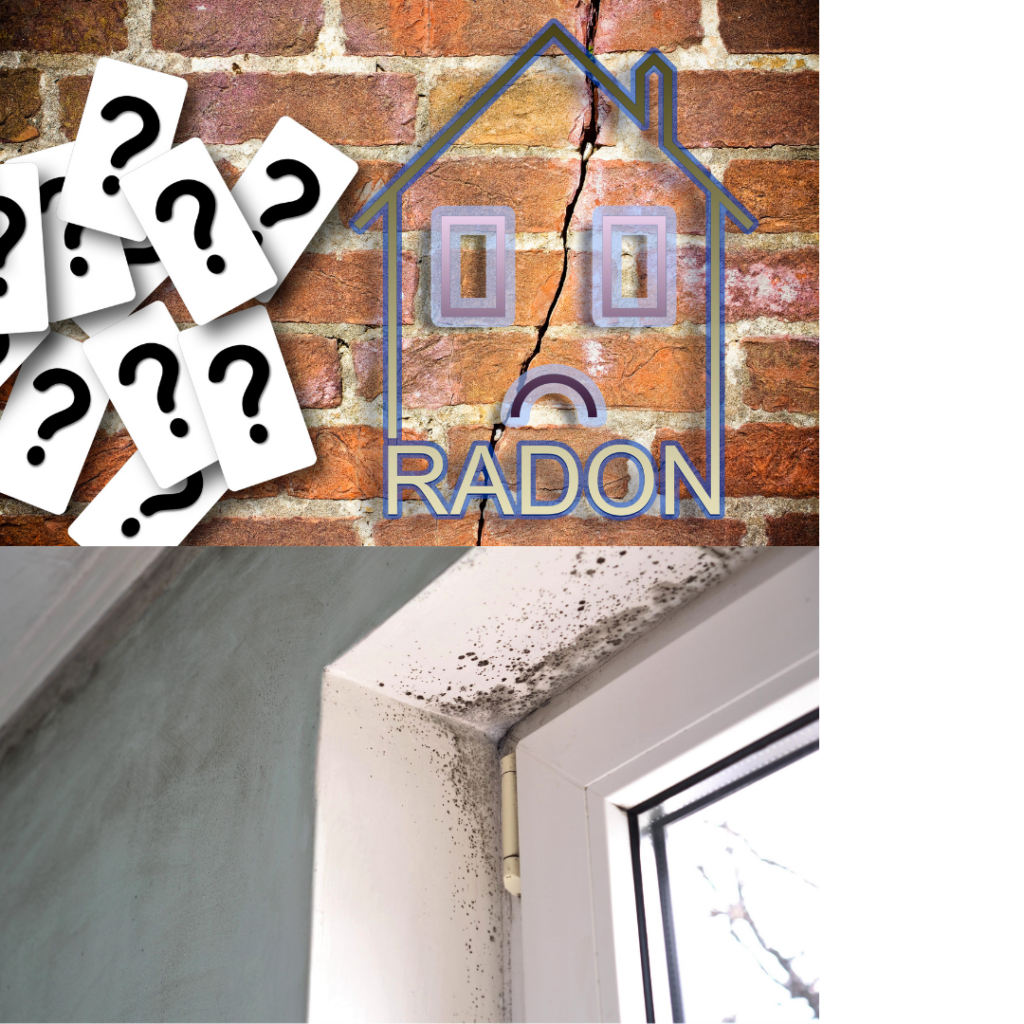
Environmental hazards such as radon, asbestos, lead, and mold can be hazardous to the health of the home’s occupants. During the inspection process, homebuyers and their inspectors look for signs of these hazards and test for their presence. If any hazardous materials are found, they will need to be removed or remediated, which can be costly and time-consuming.
The inspection process is a critical part of the home buying process in Kansas City. Homebuyers and their inspectors look for a variety of red flags that could indicate potential problems or hazards. By being aware of these red flags, homebuyers can make informed decisions about purchasing a home and avoid costly repairs down the road. Are you ready to buy a house in the Kansas City area? Reach out to us today to find out how we can help you! 913-232-3383
